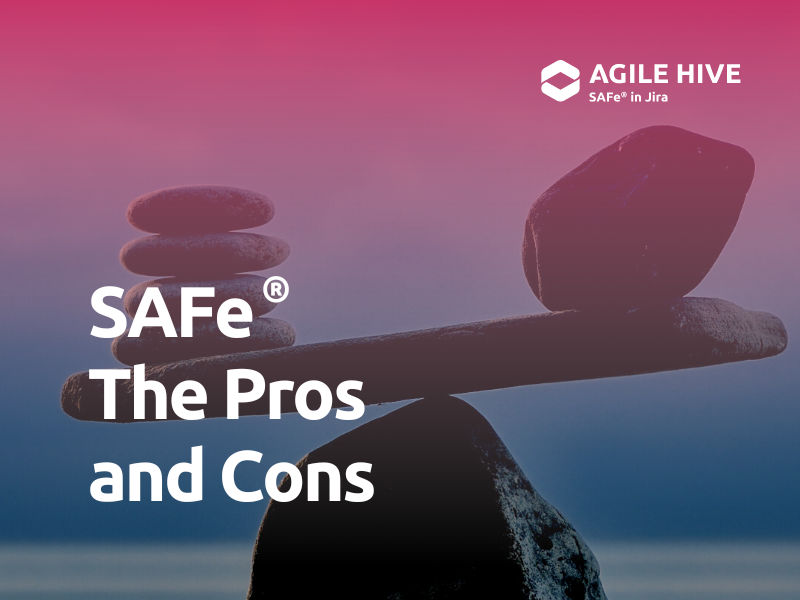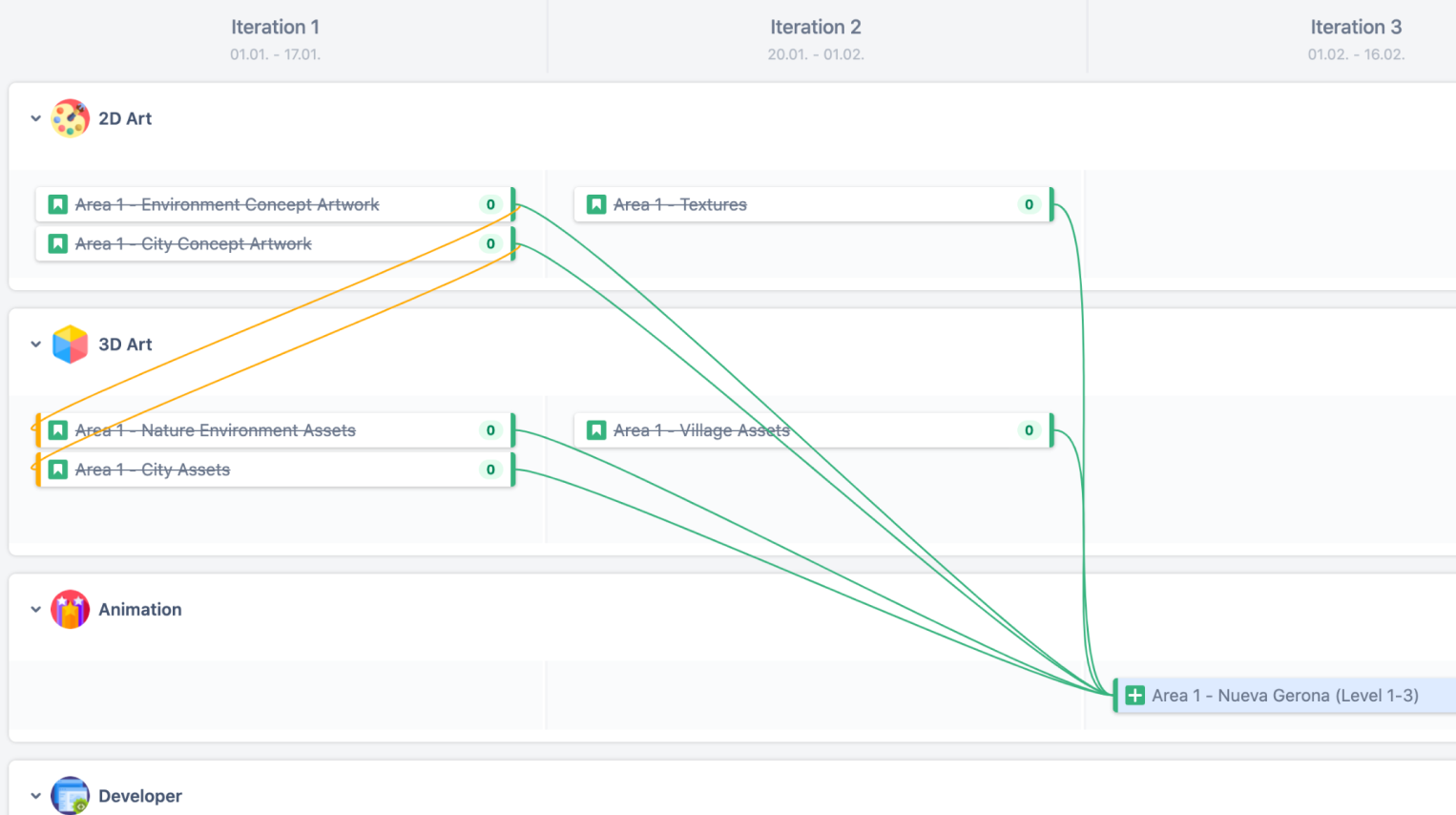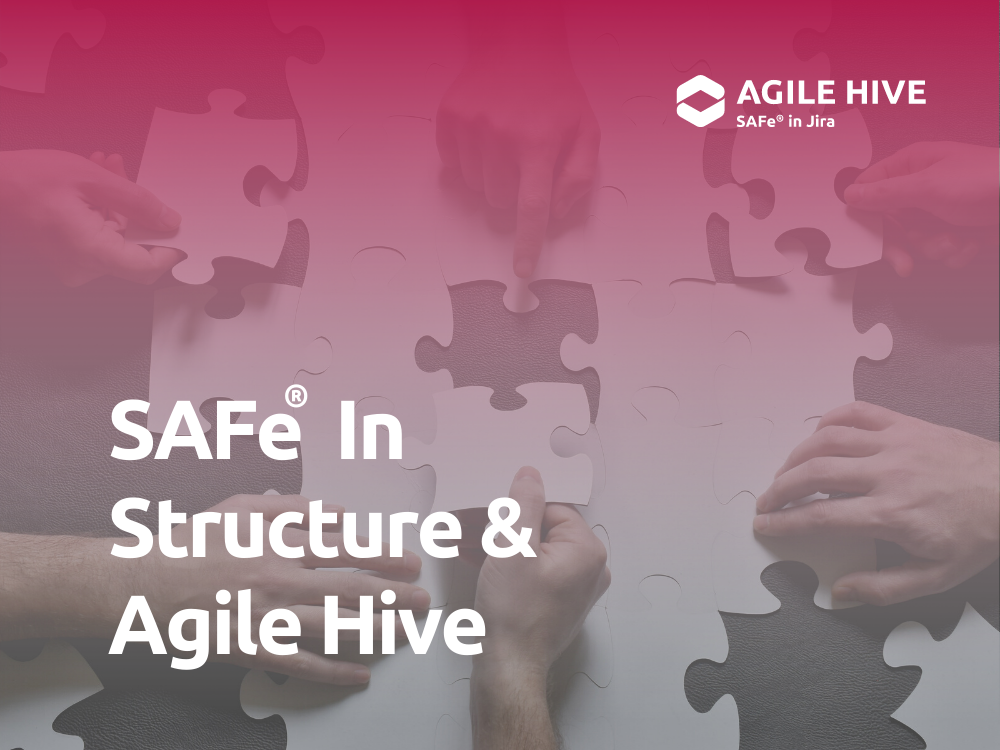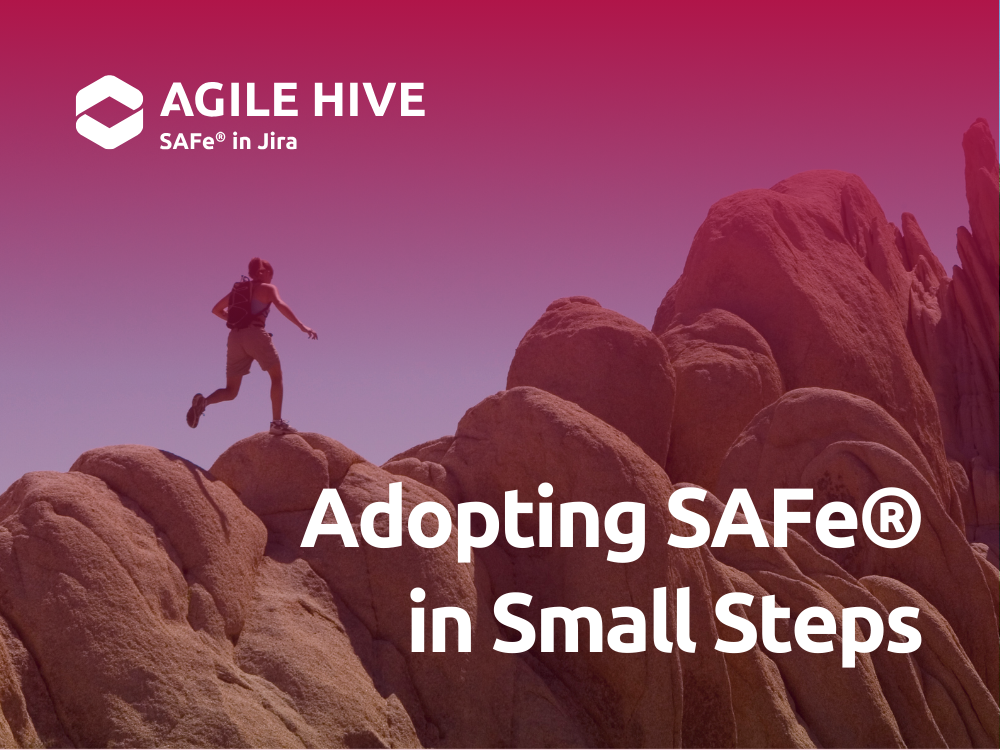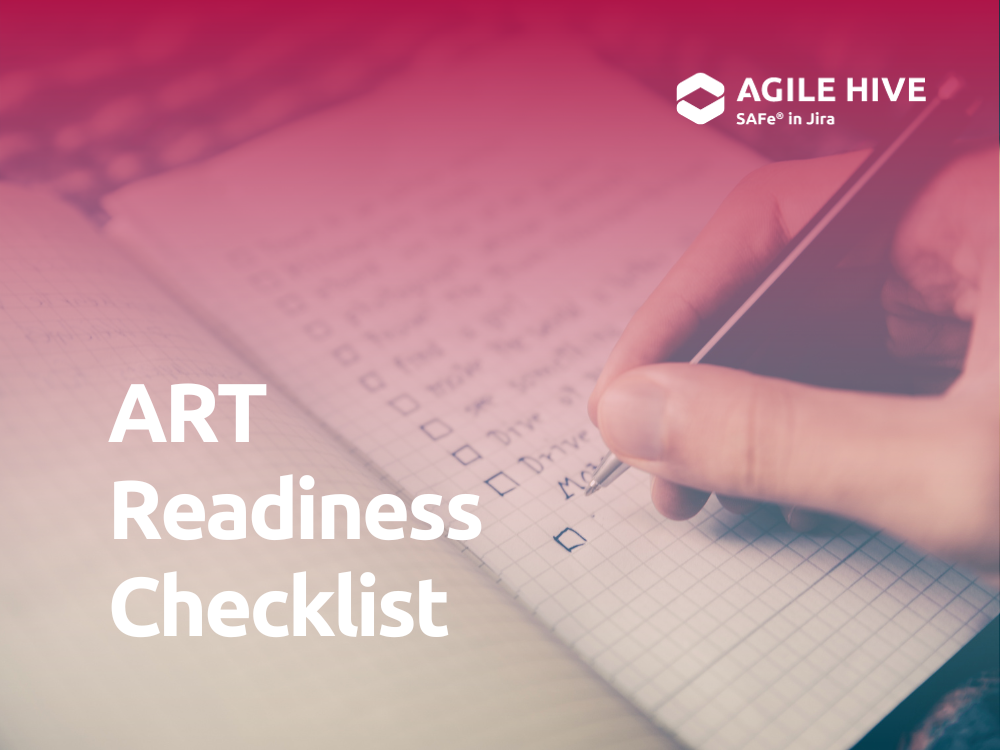“Notice that the stiffest tree is most easily cracked,
while the bamboo or willow survives by bending with the wind.”
– Bruce Lee –
Apologies upfront – if you’re looking for the panacea, a full-proof, 100% perfect methodology for scaling agile – you won’t find it here. You also won’t find it anywhere else. Why? Because it doesn’t exist.
Now that does not by any means, translate into “they’re all the same”. In this article we will be looking specifically at SAFe® – Scaled Agile Framework®, which as we alluded to, is a set of organizational and workflow processes for implementing agile practices at an enterprise scale.
Agile At Scale
If you consider the phrase, “agile at scale”, we’re starting from a position that borders on an oxymoron. Agility typically comes from simplification, trimming excess, making smaller, refining processes to only that which is essential. Scale in this instance refers to scaling up, increasing in size, expanding, that which is typically the opposite of being lean and agile.
And so without going any further, we may already be discussing a process that would then seem embedded with a number of disadvantages, “cons” if you will. However, although many things in life are not perfect, SAFe® could be considered one of the best methodologies to extend core agile tenets across many teams or even an entire enterprise.
Perfect? No. Awesome? Yes!
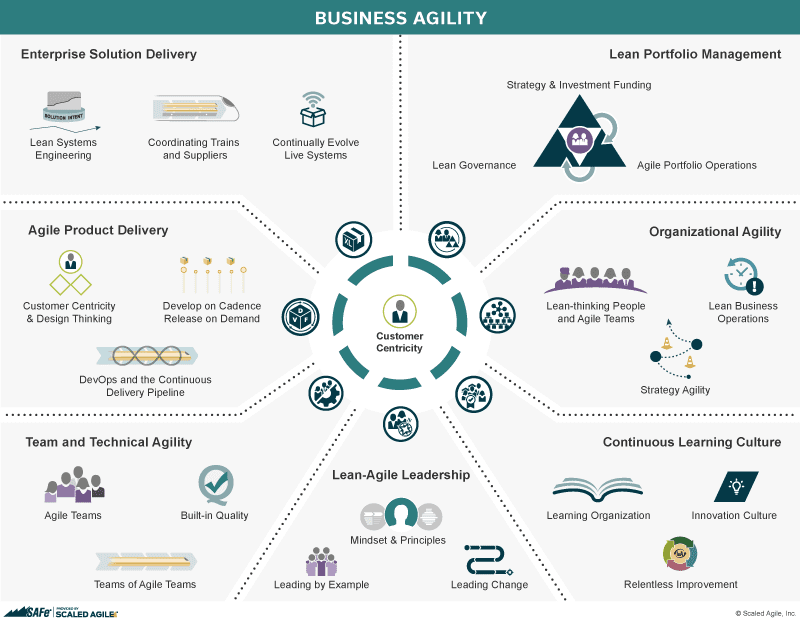
Drawing upon the methodologies of a number of other agile methodologies such as Scrum, Kanban, Lean Production and UX, as well as Dev Ops, SAFe® allows larger organizations to incorporate agile principles while scaling up to meet their unique needs. The image above visually represents the “Seven Core Competencies of the Lean Enterprise” which when combined should enable an organization to realize competitive advantages and as a result, sustainable growth.
Rather than a bottom-up approach driven primarily at the team level, SAFe® instead uses a business, or results-driven approach with collaboration stoking the economic engine. Therein lies the essence of what separates SAFe® from more team-based techniques such as LeSS, Nexus, and Scrum @ Scale. In addition, the role of how management is involved in the inner workings of day to day implementation and practice of “Agile at Scale” within the organization further sets it apart.
In reference to the quote from Bruce Lee that opened our article, in addition to scalability, SAFe® allows for configurability and adaptation. It allows for organizations of any size to adapt the framework to best suit its business needs. They may choose from one of four configurations designed to meet the requirements of everyone from small teams of users, but then also those with thousands upon thousands of users.
Powerful, Flexible Tools and Methods
Most likely, when an organization is transitioning to or adopting SAFe®, they’ve already been investing in and practicing Scrum or another Agile methodology. The good news – SAFe® takes advantage of those foundations and essentially extends and as mentioned, builds upon Agile development, DevOps, Lean product development, and overall systems thinking. It’s not a start from scratch approach.
SAFe® also “rolls with the punches” using an incremental update and release approach. By that we mean, it adapts to changes in the business environment. The global pandemic brought on by COVID-19 is the perfect example of this adaptability. Agile Release Trains (ARTs), a crux of SAFe® methodology where cross-functional teams of teams meet to plan, test, deploy, and release software or a physical product, were retooled to allow for remote or hybrid processes.
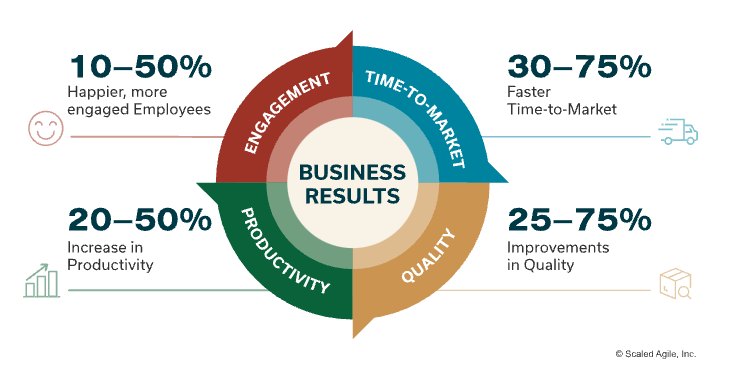
Additionally, the Inspect and Adapt event, held at the conclusion of each Program Increment (PI), is an opportunity for all members of the ART to evaluate the current state of the solution being developed. Items in the backlog (think of it as the running “to-do” list) are scrutinized and those deemed timely and relevant to the current development process are brought forward.
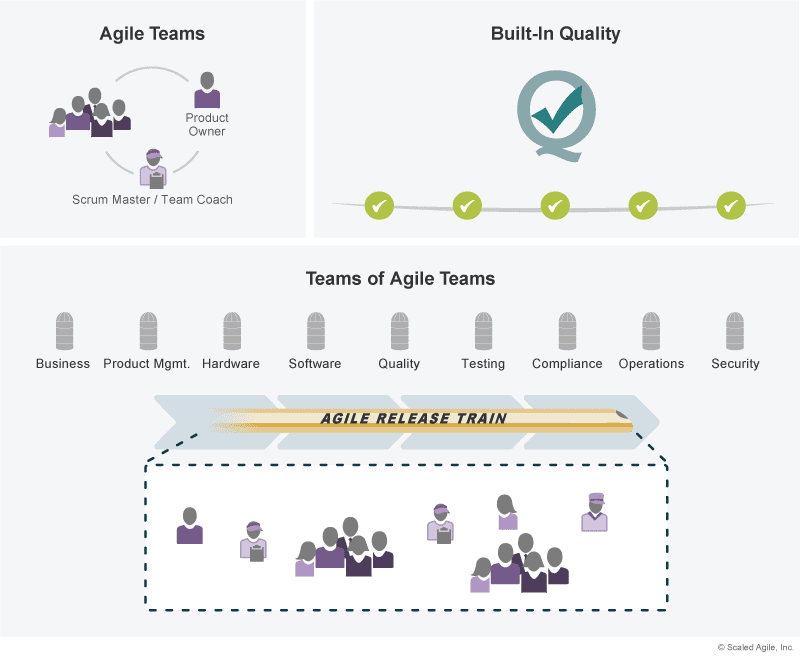
This is a direct application of the Agile Manifesto, originally developed in 2001, which can be boiled down to “At regular intervals, the team reflects on how to become more effective, then tunes and adjusts its behavior accordingly.”
One final tool we’d be remiss in not mentioning is the Weighted Shorted Job First (WSJF) approach that SAFe adopted. First known as “shortest job first”, it was introduced in the 1970’s as a calculation method to schedule and batch jobs for processing on the limited resources of computer systems of that era. More recently, product development guru Don Reinertsen proposed the variation of WSJF to maximize ROI in software teams. SAFe® then incorporated it as one more arrow in its quiver.
We Didn’t Say It Was Perfect – Just Awesome
Again, no system, practice, or methodology is perfect. In this instance, sometimes “too much of a good thing” can be a bad thing.
For example, while SAFe®’s more top-down, centralization practices makes multi-team coordination possible, it is very possible for some it oversteps its bounds in this regard. Adding additional oversight and coordination, particularly for smaller organizations, may often appear as the antithesis of the whole concept of Agile.
SAFe® adds administrative roles (the word “administrative” alone seems diametrically opposed to agile development) for the purpose of overseeing multiple teams and projects happening simultaneously. Although this is needed to identify dependencies and remove impediments, it can also take certain freedoms away from those in development. If they’re looking to transition from a traditional waterfall methodology, this could appear counterintuitive.
Additionally, at times developers and product owners can feel more removed from the decision-making process. Their understanding of the broader, overarching lifecycle can then be limited. When asked to work collaboratively with other teams within the organization, they may feel limited in their comprehension of the overall picture and how they fit into the puzzle. And as SAFe® leans towards the “bigger picture” approach, this can naturally lead to longer planning and development cycles.
Agile Hive Steps To The Plate
Agile Hive – the fully integrated SAFe® solution for Jira – is the easiest way to implement and fully integrate SAFe®. And while as discussed in the previous section, SAFe brings a more centralized decision-making process which can cause some team members to feel out of touch, Agile Hive puts more control back into the hands of your colleagues at all levels.
For example, let’s briefly explore how Program Increments (PIs) are handled with Agilve Hive. Each team, and each individual on those teams, has the capability to independently plan their respective capacities, as well as estimate their respective tasks. This work is reflected using the app’s Breakout and Program Boards. With each team’s Breakout Board if and when needed, scheduled issues can be moved to another sprint, or to the backlog, simply by dragging and dropping.
At the broader level, the Program Board then gives those in more administrative roles, a visual representation of all cross-team dependencies and is updated automatically. ART progress, PI Planning, and Reports are easily accessible and all in one place.
Another feature, the ART Report, shows an automated view of all relevant information about an Agile Release Train in a specific PI. Roadmap planning becomes all the more easier as users are giving the ability to plan ART issues and PIs directly on the timeline simply using drag and drop. PI and date details are then automatically reflected back within Jira issues.
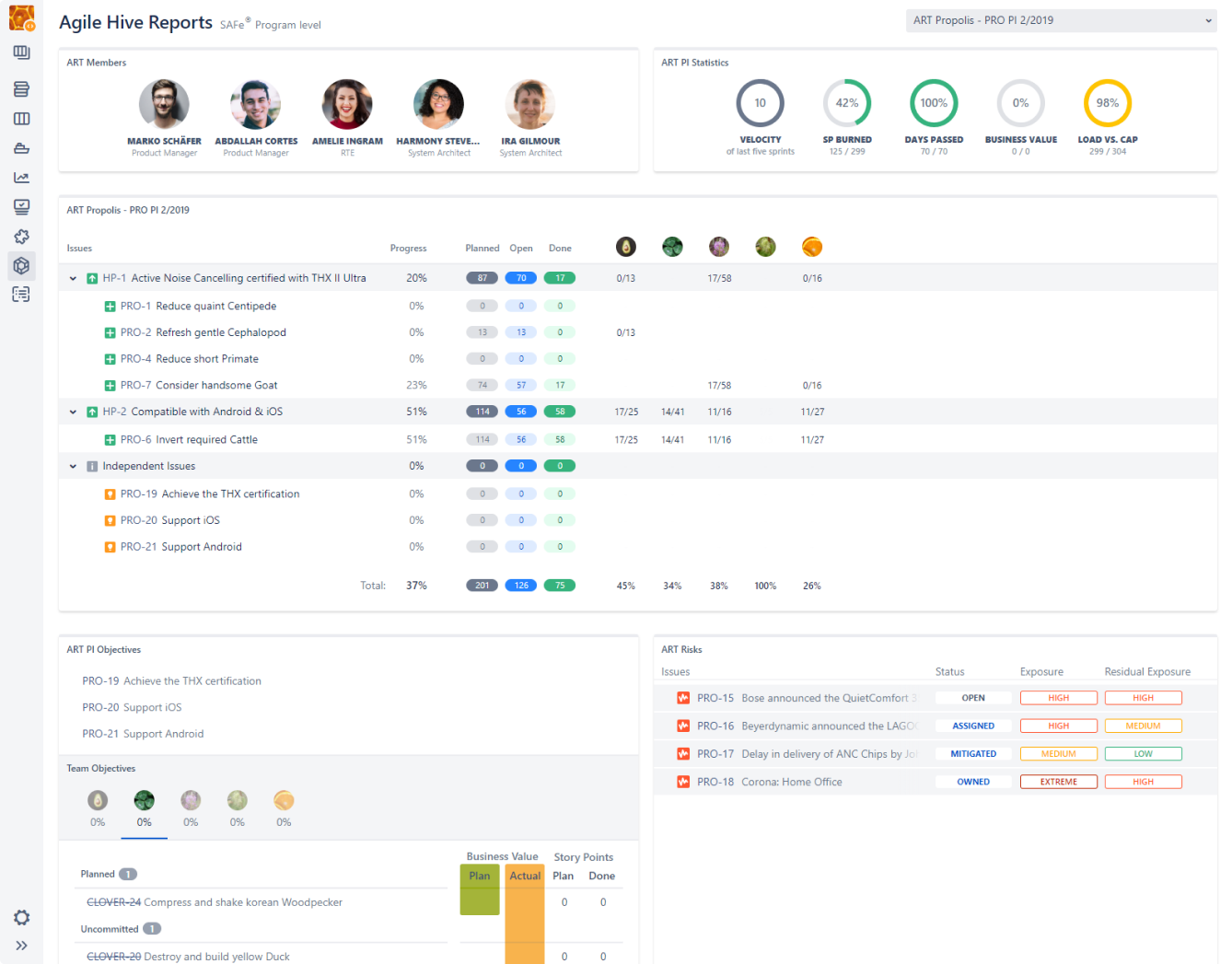
Sparked Your Curiosity? Let’s Talk
In the grand scheme of things, you can see a properly implemented Scaling Agile transformation yields many more benefits than drawbacks. And with the help of Agile Hive, those issues discussed with moving to Agile at Scale, soon become a thing of the past. To get a real feel for it however, we’d like to extend an invitation to you.
To learn more about a software-supported implementation of SAFe®, and specifically how Agile Hive can get you there, we would be happy to discuss your requirements for enterprise-wide agile product development and product management with you.
Seibert Media, developer of Agile Hive, is a certified Scaled Agile Platform Partner. This status is awarded exclusively by Scaled Agile, Inc., which develops SAFe®. Therefore, Seibert Media is officially accredited and part of the worldwide SAFe® partner network from which the further development of the product Agile Hive benefits. Take a look at our Implementation Project documentation to see an overview of what an implementation would entail.
And now, Agile Hive is available in Jira Cloud. We’d love to tell you more about it!
Get in touch with us today and let us demonstrate how it works in a personal session.
Further Reading
Release Train Engineers – Empowered for Greatness with Agile Hive
SAFe® 6.0 Is Upon Us – What’s New?
Agile Hive Implementation Project
In Focus: Who or What is the LACE?
SAFe with Atlassian tools: Agile Hive is a Scaled Agile Platform Partner
